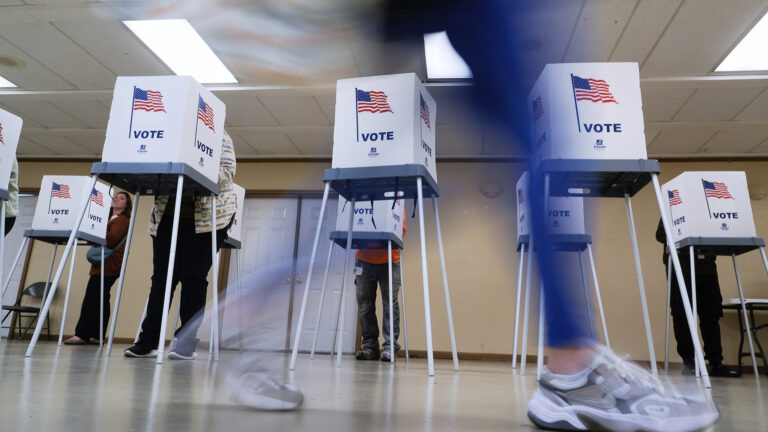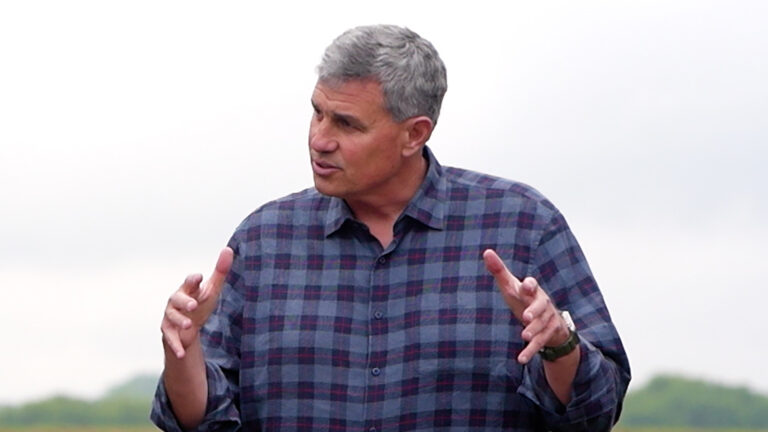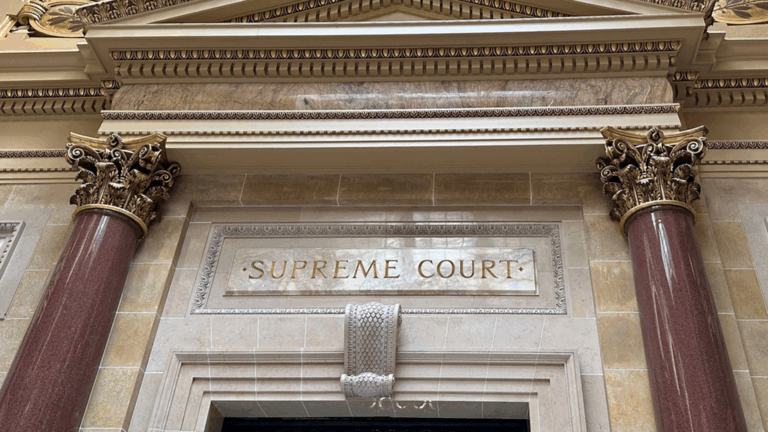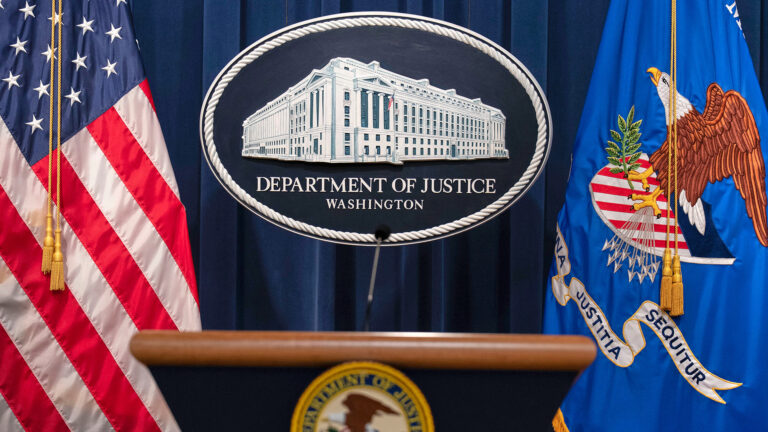What to expect on the 2023 Spring Election Day in Wisconsin
The AP will tabulate and declare a winner in the race for Wisconsin Supreme Court justice and in multiple additional races, including three ballot measures and a special election for state Senate.
Associated Press
April 4, 2023

(Credit: PBS Wisconsin)

Voters in Wisconsin will pick a Supreme Court justice on April 4, choosing between Democratic-backed Milwaukee County Circuit Judge Janet Protasiewicz and Republican-backed former Wisconsin Supreme Court Justice Dan Kelly in a race that will determine control of the court in a key political battleground.
Though the race is officially nonpartisan, the court currently has a 4-3 conservative majority. With a conservative justice retiring, the outcome of the election will decide control of the court, with wide-ranging implications for issues including abortion, election rules and the drawing of districts for elected office in the state. The court came within one vote of overturning President Joe Biden’s win in the state in 2020.
Protasiewicz and Kelly were the top two candidates in the February primary, receiving 46% and 24% of the vote, respectively. Another conservative candidate, Waukesha County Circuit Judge Jennifer Dorow, came in third at 22%, while another liberal, Dane County Circuit Judge Everett Mitchell, came in fourth at 7%.
Protasiewicz outraised Kelly in the final campaign finance reporting period, $12.4 million to $2.2 million. Both candidates have also received significant support from outside groups.
Here’s a look at what to expect on election night:
Election Day
Polls close at 9 p.m. ET.
How Wisconsin votes
Voting is open to all voters, who can register on election day.
The AP will declare a winner in the race for Supreme Court justice and in five additional races, including three ballot measures, a special election for state Senate and a Court of Appeals seat. In the February primary election, the AP first reported results in Wisconsin at 9:06 p.m. ET. The final election night vote update came just after midnight, at which point more than 99% of votes had been counted.
Decision notes
The AP does not make projections and will only declare a winner when it’s determined there is no scenario that would allow the trailing candidates to close the gap.
Should a candidate declare victory or offer a concession before the AP calls a race, we will cover newsworthy developments in our reporting. In doing so, we will make clear that the AP has not yet declared a winner and explain why.
In the February primary, Protasiewicz ran up big margins in Milwaukee and Dane counties. She also did better than Kelly in his home county of Waukesha, a suburb of Milwaukee. (Dorow came in first in Waukesha.) Kelly split votes with Dorow in many of the Republican-leaning counties.
In the April 4 election, the AP will analyze whether Kelly is able to pick up Dorow’s votes and expand turnout in the Republican-leaning counties, or whether Protasiewicz can run up an insurmountable lead in the more urban counties.
In the past, the heavily-Democratic city of Milwaukee has released the results of mail-in ballots late in the night. If Protasiewicz is leading before those results are released, it could be an early race call. If Kelly is winning, the AP will analyze whether his lead is large enough to hold up against those Democratic-leaning votes.
The AP may call a race in which the margin between the top two candidates is 0.5% or less, if we determine the lead is too large for a recount and legal challenge to change the outcome. In Wisconsin, there are no automatic recounts. Trailing candidates can request recounts if they lose by a margin of less than 1%, but must pay for it if the margin is greater than .25%.
What do turnout and advance vote look like?
As of March 1, there were 3.6 million registered voters in Wisconsin. As of April 3, 409,755 voters had cast advance ballots. In the February election, 24% of Wisconsin voters cast their ballots before election day. Mail-in ballots must arrive by election day to be counted.
How long does counting usually take?
Wisconsin counts nearly all its votes on election night, with most outstanding votes added to the count the next day.
 Passport
Passport











Follow Us